Best Of AAST #3: When To Place A Chest Tube For Hemothorax
The Trauma Pro
SEPTEMBER 14, 2023
There is an art to deciding when to place a chest tube for either hemothorax or pneumothorax. For the most part, the trauma professional examines the imaging and then uses some unknown internal metric to declare that it is “too big.” Then it’s time to insert some type of chest drain. There have been attempts over the years to make this decision more quantitative.

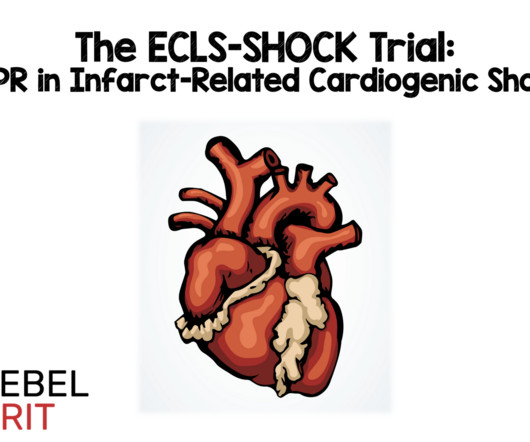
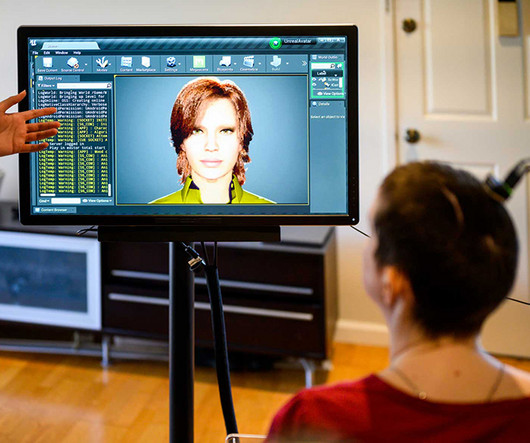
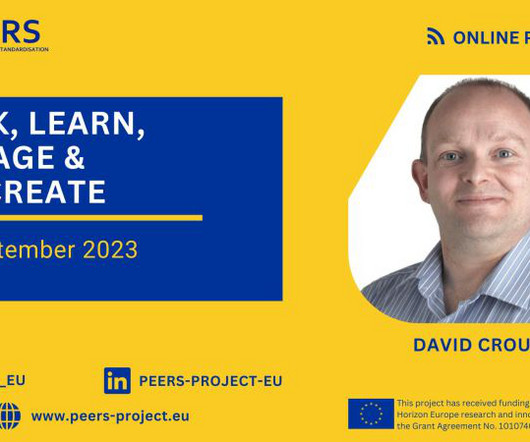
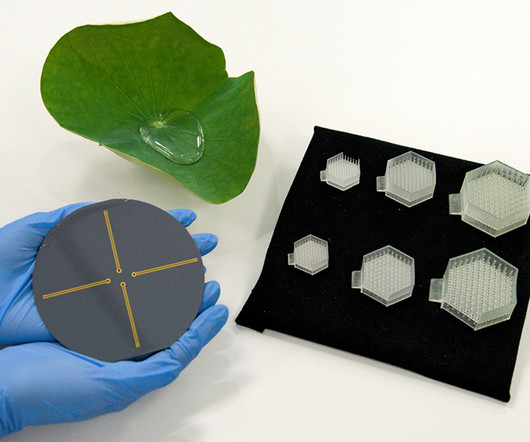

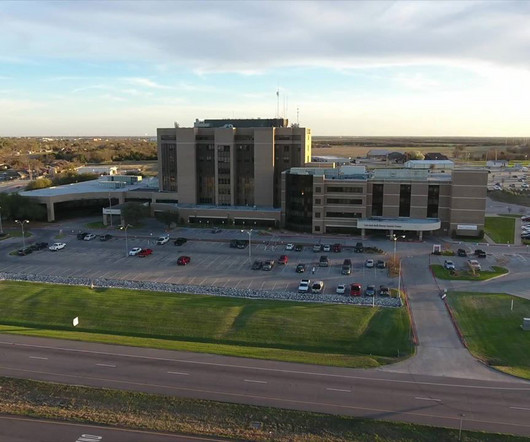

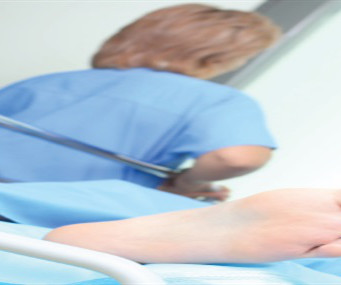

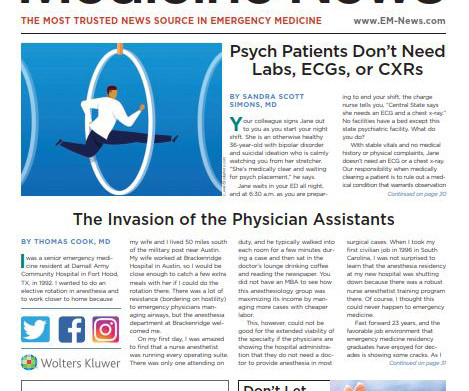
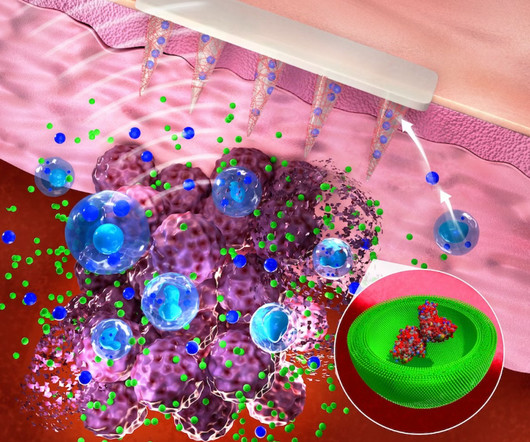






Let's personalize your content